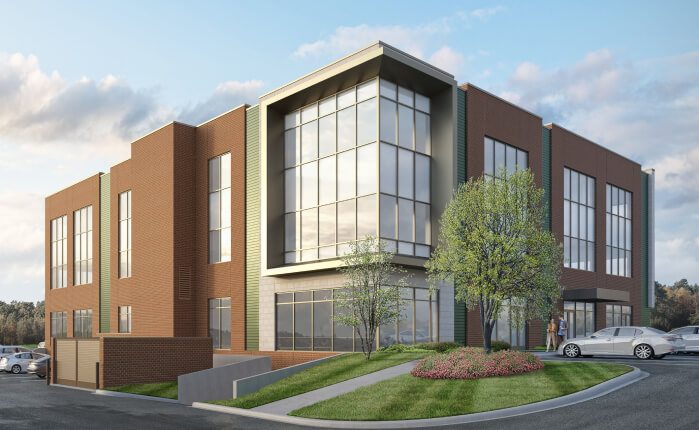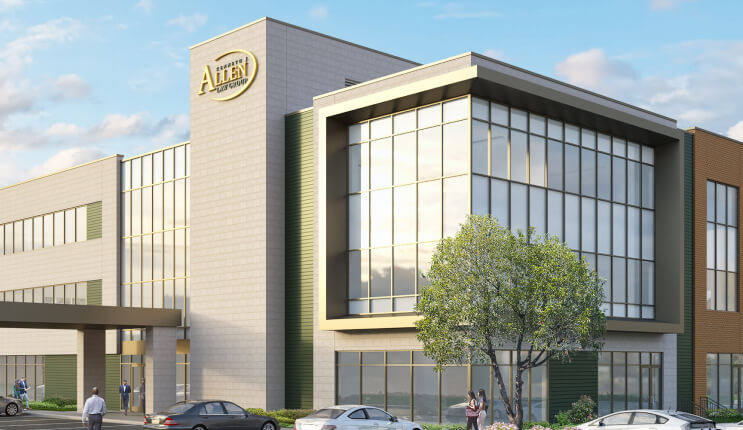The danger of fatal tractor-trailer and big rig accidents is especially high in Chicagoland: EDR data can be critical for victims seeking justice after a semi-truck crash.
The likelihood of death in any semi-truck, 18-wheeler, tractor-trailer, or big rig accident is shockingly high in this country. Read, Illinois and Indiana: Both Top 10 States for Most Truck Crash Fatalities.
For those of us living and working in Chicagoland, the risk of being involved in a semi-truck crash is especially great. There are several reasons for Chicago truck crash dangers, among them: (1) the heavy traffic and congestion here, since Chicago is a national transportation hub; (2) the aging infrastructure and huge web of construction road work zones that these large trucks maneuver alongside other traffic; and (3) our notorious weather conditions, where the heat can be so high that roadway asphalt can melt tires and the cold so intense that truck parts freeze or trucks are compromised by devastating ice or winds. For details, read: Why Are There So Many Serious or Fatal Semi-Truck Accidents in Chicagoland?
Obviously, there are efforts underway within the trucking industry as well as among government regulators; safety agencies; and advocates for truck crash victims and their loved ones to learn the reasons for these fatal truck accidents and how best to reduce these hazards in the future.
Among the tools being used to combat semi-truck crashes are things called “event data recorders,” or “black boxes.” This technology is also very, very important for all crash victims who are seeking justice in the aftermath of a catastrophic or deadly truck accident.
Black boxes can provide key data regarding the cause(s) of the crash and accordingly, who has legal liability for what has happened and its aftermath.
What is a Black Box or Event Data Recorder in a Semi-Truck?
Called “black boxes” or “event data recorders” (“EDRs”), this technology has been around for decades under the oversight of the Office of Research and Development for the National Highway Traffic Safety Administration (“NHTSA”). Today, EDR data is routinely used by the federal agency in its annual reporting of fatal crash data in this country.
In fact, motor vehicles have had “black boxes” installed within them for decades; General Motors was putting them in its products as early as 1999. Read, Gilman, Don. “Automotive black box data recovery systems.” Digital Negative. TARO (The Traffic Accident Reconstruction Origin) 15 (2006).
NHTSA provides an in-depth definition and explanation for “event data recorders” on its website. From the NHTSA, we learn that while there are a variety of EDRs in the marketplace, they all share the same characteristics: they are installed in a motor vehicle “…to record technical vehicle and occupant information for a brief period of time (seconds, not minutes) before, during and after a crash.“ Specifically, a highway vehicle crash.
The technology allows for all sorts of information to be collected and stored. This includes:
- pre-crash vehicle dynamics and system status;
- driver inputs;
- vehicle crash signature;
- restraint usage/deployment status; and
- post-crash data such as the activation of an automatic collision notification (ACN) system.
In semi-trucks, the EDR may also store an audio recording of the crash, as well as video of the event. There may also be corresponding automated recording of things like the hours of service (HOS) data logs for the truck driver.
The Importance of EDR and Black Box Data to Victims of Semi-Truck Crashes
The reality of semi-truck accidents, even if the truck is moving at a low speed, is that victims often suffer severe bodily harm or even fatal injuries. This can involve the truck driver; occupants of the big rig; drivers of other motor vehicles involved in the crash; passengers in those vehicles; as well as pedestrians on the roadway (such as road work construction workers hit while on-the-job). See, Chicago Truck Accidents: Liability after Serious Chicagoland Semi-Truck Crash; and Semi-Truck Crashes: Why Tractor-Trailer Trucks Are So Dangerous.
Determining how these accidents happen is very important to a number of different individuals and entities, who have very different reasons for wanting to understand the details of what took place. Law enforcement at the scene will want to know what happened to confirm if any crimes have been committed, for instance. The owner of the truck; the owner of the cargo; the owner of the premises where the accident happened; employers; as well as a number of insurance companies providing liability coverage will each want to understand the cause of the crash.
And, of course, the accident victim and their loved ones will need to know all the facets of the event in order to determine legal liability as it is revealed from the sequence of events leading up to impact and afterwards.
For all these parties, the data found within the black box or EDR will be critical. Black box recorded data can be authenticated, admissible evidence in any trial based upon the personal injury or wrongful death laws of the State of Illinois (or Indiana, etc.).
Truck crash victims and their advocates, alongside truck crash reconstruction experts, will be able to discern all sorts of findings from the truck’s black box, such as:
- How fast the truck was going before the crash (speed will be recorded);
- The speed of the truck at the time of impact;
- Any change in the truck’s speed (slowing down or speeding up) prior to impact (RPM data);
- If the truck’s brakes were used before impact;
- How the brakes performed and how they were applied;
- The movement of the steering wheel before impact; and
- The movement of the steering wheel at impact and thereafter.
Black Box Revelations in a Semi-Truck Crash
Technological data obtained by a black box may well be given greater credence by a factfinder in a jury trial or during settlement negotiations than other forms of evidence, such as eyewitness testimony. EDR recordings can help semi-truck crash victims and their loved ones to cement their arguments that legal liability lies with one or more defendants. This is critical, since the victims have the legal responsibility of proving up their case against those who have caused their harm through breaching legal duties of care.
Black box data can be the deciding factor for truck crash victims seeking justice where the recordings provide proof of things like:
- Failure of brakes;
- Failure of other truck machinery, equipment, or parts;
- Shifting load or cargo due to improper loading of the trailer or rig;
- Speeding by the truck or other motor vehicles involved in the accident;
- Which motor vehicles were involved at what point in the event (to show fault in a collision involving a number of cars, trucks, etc.);
- Impact of weather conditions (like demonstrating ice caused a slide);
- Errors made by the trucker or other drivers in the crash.
Black Box Data for Semi-Truck Crash Claims in Chicago
After decades of use, the event data recorder technology is no longer novel and is widely used in all sorts of research studies and injury claims across the country to determine fault after a highway crash involving a semi-truck, big rig, tractor trailer, or 18-wheeler. For those in the Chicagoland area, understanding the availability of this respected form of evidence is significant since truck crashes are often so horrific and intense that on-site evidence may be destroyed during the event itself – or very hard to find in an admissible form.
Accordingly, semi-truck crash victims in Chicago (where our part of the country suffers around three fatal semi-truck crashes each week) are wise to obtain the pertinent black box data after the event and use its recordings to bolster their claims for justice.
Unfortunately, this process is not easy. It may be difficult to get the EDR data. It will be hard to comprehend the recordings and their meanings without the help of experts. These accident victims are well advised to work with an experienced semi-truck crash advocate in their pursuit of justice.
For more, read:
- Why a Lawyer who is a Trial Attorney Is Important for Accident Victims in Personal Injury Cases
- Questions To Ask When Choosing A Personal Injury Lawyer In Illinois Or Indiana
- How To Choose the Right Personal Injury Lawyer for You and Your Family
- Questions To Ask Your Personal Injury Lawyer About Your Injury Claim
- What To Look For in a Personal Injury Lawyer in Indiana or Illinois.
In our next article, we will consider the difficulties and challenges involved in obtaining and using black box and EDR data in civil cases. Please be careful out there!

